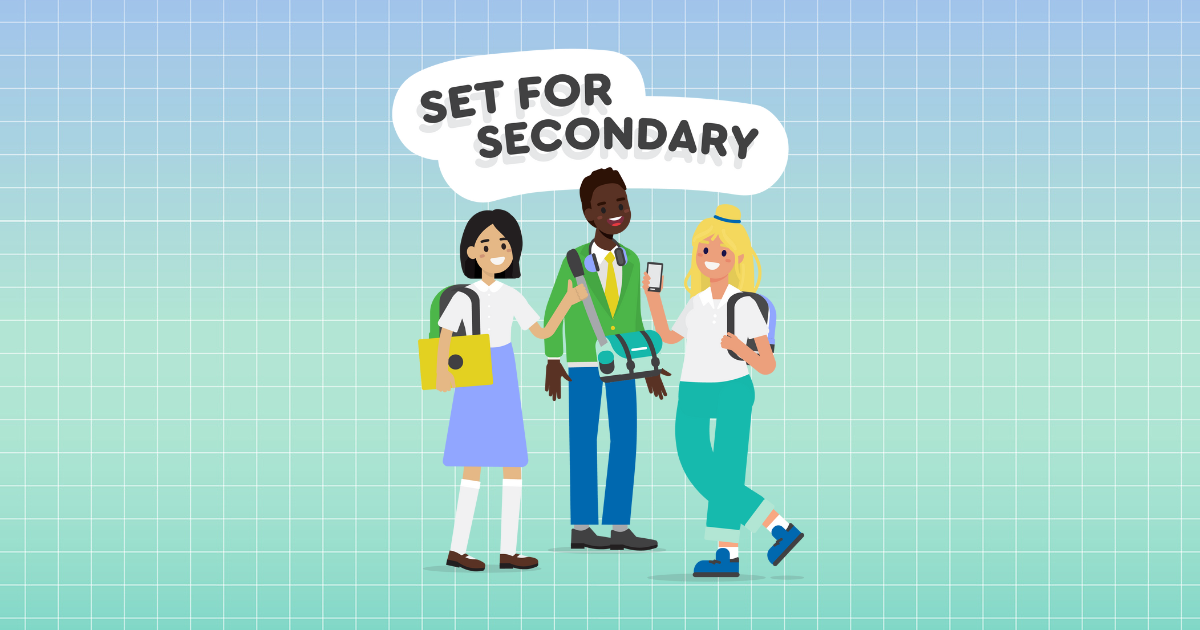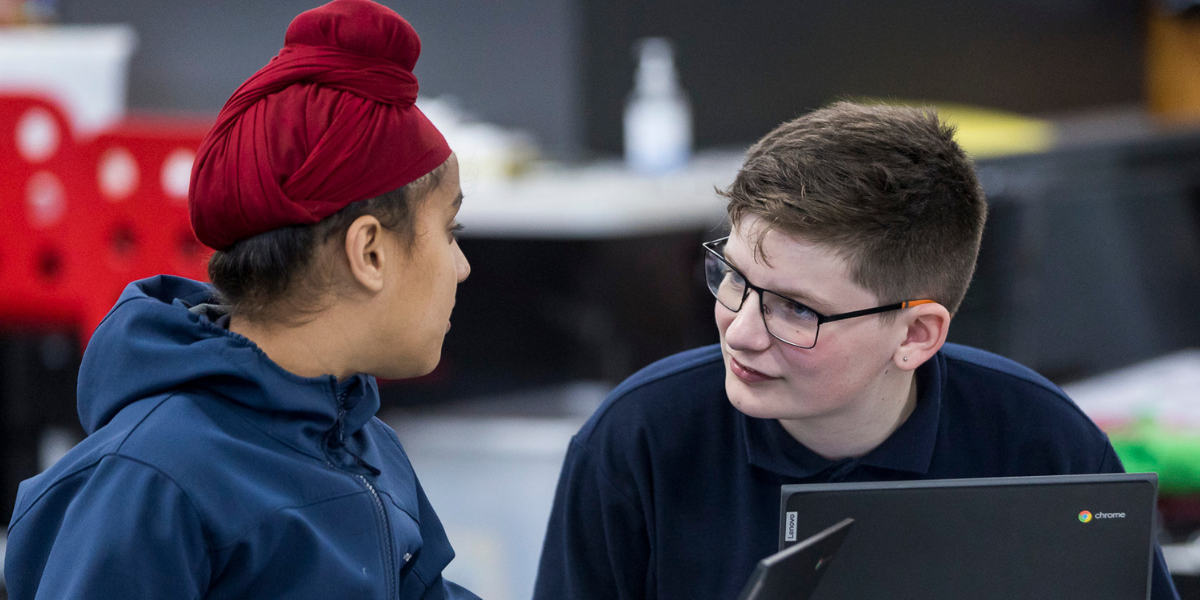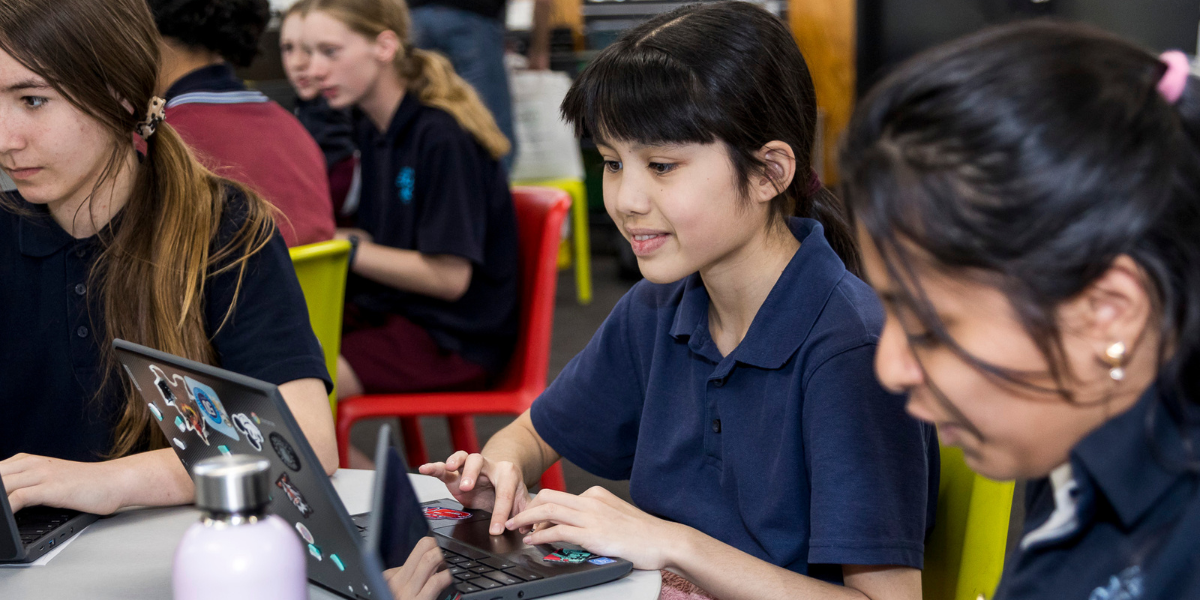e-Learning News

How to Help Young People Transition to Secondary School
There’s no doubt the transition to secondary school marks a huge milestone in a young person’s life. The excitement and anticipation of everything new – environment, experiences, friends and freedoms – is all consuming. It’s also a time when anxiety and stress peak as the unknown lies ahead. And it’s not just affecting students. Parents can be overwhelmed by the challenges the transition to secondary school may bring, particularly when it comes to new online experiences.
Here are four key areas to help students make a positive transition to secondary school.
1. Know digital citizenship laws and where to get help
A student’s online world explodes during the transition to secondary school and their digital choices can determine their safety, integrity and wellbeing. “Knowledge is power” says Trent Ray, cyber safety and wellbeing expert from the Cyber Safety Project. “It’s important for young people to be aware of the current digital citizenship laws on cyberbullying and nude image sharing, and to know the law is there to protect them”. As laws can differ from state to state, Trent recommends using Youth Law Australia and the eSafety Commissioner website as valuable resources to uncover Australian laws relating to cyber-bullying and consent, and to report online abuse.
2. Provide a safe space to have open conversations
When transitioning to secondary school young people will navigate new relationships, both offline and online, on a more mature level than those experienced before. “Learning to recognise what digital consent and respect looks, sounds and feels like is vital” insists Vanessa Hamilton from Talking The Talk, an organisation specialising in healthy sexuality education. “Young people at this stage are discovering their identities, and this is often playing out online”. Making time to have open conversations to discuss consent and respect are crucial in allowing young people to thrive in the modern digital environment.
3. Empower young people to manage their physical, social and emotional wellbeing
Tuning into their feelings and acknowledging apprehensions is an important step to help young people through the transition to secondary school. Kritz Sciessere, who alongside sister Bianca, is at the helm of wellbeing education platform, The Big Sister Experience, tells us “At a time when change is happening all around them, young people need to prioritise their overall wellbeing by recognising warning signs such caving to peer pressure or excessive risk taking and know the strategies to take back control.” Bianca Scissor stresses that young people should “Tune into how their technology use makes them feel, regularly checking in with a trusted adult and having a safe space to explore their boundaries.”
4. Make time to have important conversations about the transition to secondary school
Reflecting on daughter Indiana’s recent transition to secondary school, parent Nick praised the primary school for simply starting the conversation. “We appreciated that the teachers acknowledged they were all feeling nervous about going to secondary school and offered advice and tips on how to make the transition a really positive experience.” Indiana added, “Everyone at school connects online and knowing how to set boundaries, like agreeing what time to stop messaging at night, really helped me with my digital balance.”
If you would like your students and parents to learn more and discuss these topics in greater detail, join us for Set for Secondary, an online program specifically designed for graduating students (and their parents) transitioning to secondary school.
(Extracted from The Cyber Safety Project)
Stefanie Poropat
e-Learning Leader



